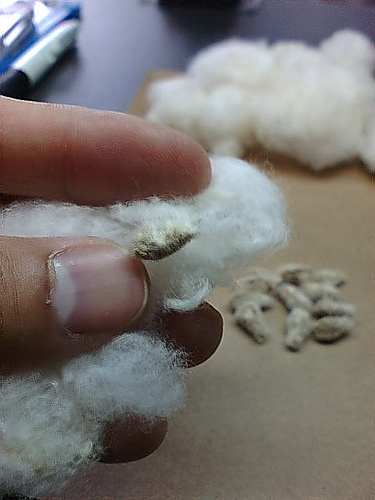Tracked down a paper published just under a year ago in Food Policy (a peer reviewed journal). “The impact of agricultural research on productivity and poverty in sub-Saharan Africa” by Arega Alene and Ousmane Coulibaly.*
CGIAR spending on research targeted at agriculture in Sub-Saharan Africa (178 million dollars a year in 2003) provides 1.3 million people with an escape from extreme poverty (living one dollar a day or less) every year. Simple division would indicate the agricultural research of the CGIAR centers is saving human beings from the trap of extreme poverty at a cost of just under 137 dollars per person. Of course it isn’t that simple, there are both economies of scale** and, eventually, diminishing margins of return*** to consider, but it seems the work of the CGIAR centers in Africa are big enough to have achieved those economies of scale, and, given their calculations on the elasticity on poverty to investment in agriculture, Africa is a LONG way from having to worry about diminishing marginal returns on agricultural investment.
Given the elasticity of poverty reduction to agricultural research spending they calculate (-.22) the marginal cost* of reducing poverty by another person in Sub-Saharan Africa through investments in agricultural research is only $71. (i.e. spending one billion dollars more on agricultural research would save an additional 14 million people from poverty.) This doesn’t consider the additional postive effects of improving local agriculture (for example reducing the incidence of famine).
Finally consider this quote from the paper for a sense of the work the CGIAR centers are funding and try not to feel as impressed as I do: (more…)
